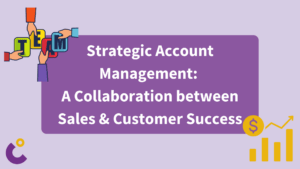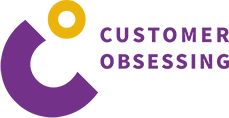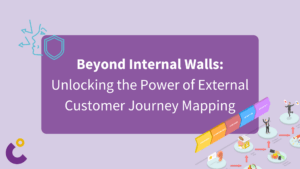
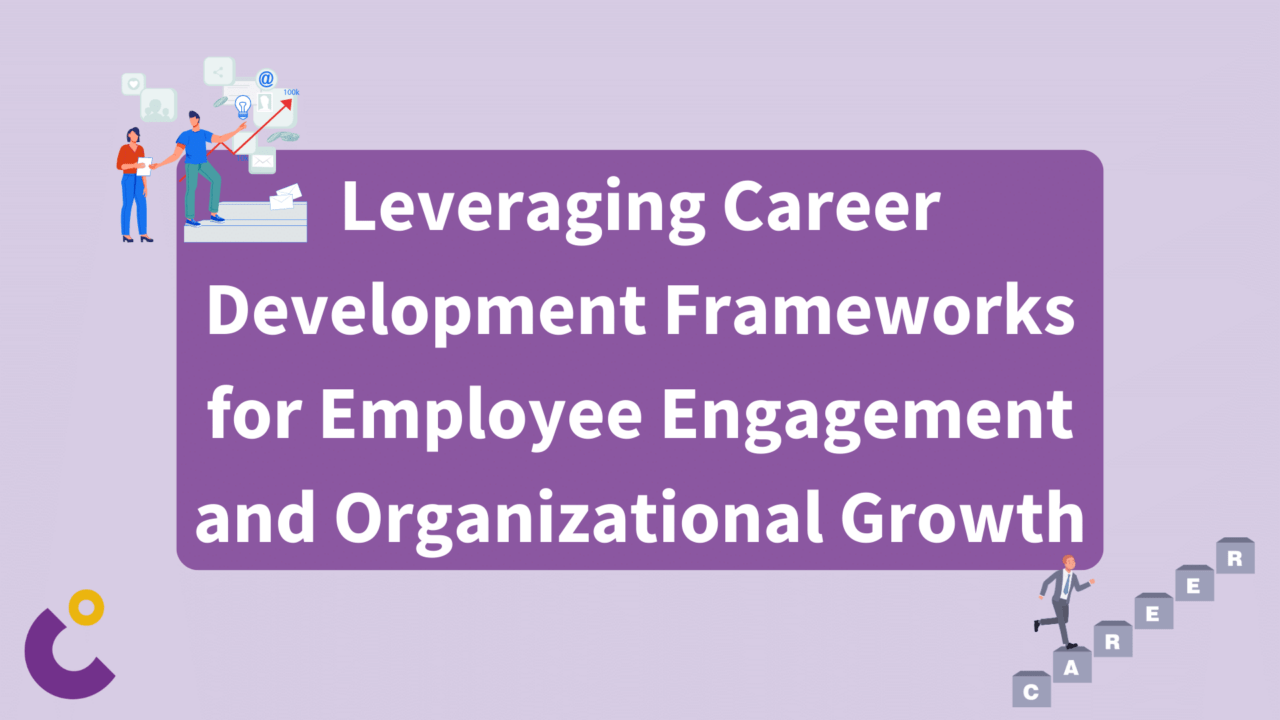
Leveraging Career Development Frameworks for Employee Engagement and Organizational Growth
You’ve probably heard us talk about employee engagement and organizational development before. Both are at the heart of our Customer Obsession Framework. With no engaged and enabled employees, there can hardly be any satisfied and loyal customers. And as employee engagement and organizational development have this pivotal role in creating a thriving workplace, we want to dive into a powerful tool to achieve both: Career Development Frameworks.
A well-structured career development framework (CDF) serves as a powerful tool that not only fosters employee growth but also contributes to the overall advancement of the organization. In this article, we will explore the significance of career development frameworks and delve into the process and challenges of creating one.
The Significance of Career Development Frameworks
CDF offers a structured approach to guide employees through their professional journey within an organization. These frameworks outline the various stages, roles, responsibilities, and skill sets required for employees to progress within their careers. So it’s only logical that each functional team and role in your organization should have their dedicated CDF. For a Customer Success Manager for examples, this show the evolution they can take from a Junior CSM, to a full fledged CSM and late growth through the Senior CSM stage to become a leader of CS:
Here’s why career development frameworks are essential for both employees and the organization:
- Employee Empowerment: Clear career paths and growth opportunities empower your employees to set goals, envision their future within the organization, and take ownership of their professional development. When employees see a well-defined path ahead, they are more likely to be motivated, engaged, and committed to their roles in your organization.
- Continuous Learning Culture: CDFs identify the skills and competencies necessary for advancement. This helps your employees understand the skills they need to acquire or refine in order to move up the career ladder. Consequently, employees become more proactive in upskilling themselves, leading to a more skilled and capable workforce for your business.
- Talent Retention: If your organization invests in your employees’ growth and development, you create an environment that fosters loyalty and commitment. When employees perceive that their career aspirations are supported, they are more likely to remain with your organization, reducing turnover and associated costs.
- Organizational Success: A structured CDF aligns individual goals with your organizational objectives. As employees progress and assume more challenging roles, your organization benefits from a pool of skilled and experienced professionals who are equipped to contribute to your success.
Yet implementing these frameworks comes with its own set of challenges:
- Highly Customized Approach: The diverse needs and talents of your teams require a high level of customisation. Striking the right balance between standardization for consistency and personalisation for growth can be complex, requiring careful calibration and continuous refinement.
- Strategic Planning: Crafting an effective CDF isn’t a one-size-fits-all endeavor. It demands a thorough understanding of your organization’s long-term goals, future skill demands, and industry trends. Aligning these elements ensures that your framework doesn’t just address immediate needs but propels your company toward future success.
Creating a Career Development Framework
Designing an effective career development framework requires careful planning and collaboration between HR professionals, managers, and employees. Here’s a step-by-step process to create a robust framework:
1. Assessment of Current Roles and Responsibilities:
Begin by analyzing existing roles and responsibilities within the organization. Identify the skills and competencies required at each level and document those descriptions well. There shouldn’t be any imparities between what’s in someone’s roles description and what is in their Career Development Framework.
2. Defining Career Paths:
Based on the assessment, define clear career paths for each of your roles. Outline the progression from entry-level positions to leadership roles, highlighting the skills and experience needed at each stage.
3. Skill and Competency Mapping:
Map the skills and competencies required for advancement along each career path. These could include technical skills, leadership qualities, communication abilities, and more. We follow a strength based coaching approach when working with individual contributors and managers. So it would also be an option to map certain personality traits explored through assessments like Gallup’s StrengthsFinder or DiSC’s profiling to each of your roles and career progressions.
4. Developmental Resources:
Identify resources such as training programs, workshops, mentorship opportunities, and online courses that can help your employees acquire the skills needed for their progression.
5. Individual Development Plans:
Encourage your team members to create individual development plans based on their career aspirations. These plans should outline their current skills, desired skills, and a roadmap for achieving their goals. Also equip your leaders with the coaching skills to guide their teams through the creation of their development plans.
6. Regular Review and Feedback:
Establish a system for regular performance reviews and feedback sessions, or refine yours according to your CDFs if there is one already in use. Use these meetings to assess progress, update goals, and provide guidance on skill development. Codifying how those meetings are held helps increase the transparency and fairness for all team members.
7. Adaptability and Flexibility:
Ensure the framework remains adaptable to changes in the industry and your organization’s needs. Career paths and skill requirements may evolve over time, so the framework should be flexible enough to accommodate these changes.
8. Communication and Transparency:
Effective communication is key. Transparently share the CDFs with your employees and provide them with the information and support needed to navigate their career paths. Coming back to the overarching goal of enabling team members, make sure to take them along every step of the way.
Long story short…
In conclusion, well-crafted career development frameworks can be a driving force for employee engagement and organizational growth. By empowering employees, enhancing their skills, and aligning their aspirations with the organization’s goals, such frameworks create a win-win situation for all stakeholders involved. By following the steps outlined above, organizations can develop a comprehensive framework that not only supports employee growth but also contributes to the long-term success of the organization.
Our consulting approach is focused on increasing customer centricity across all organizations – We are happy to develop a tailored CareerDevelopment Framework for your Organization and support you throughout the rollout.
This might also interest you


Beyond Internal Walls: Unlocking the Power of External Customer Journey Mapping
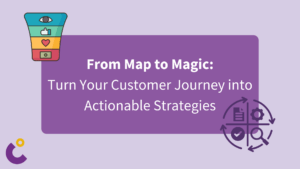
From Map to Magic: Turn Your Customer Journey into Actionable Strategies
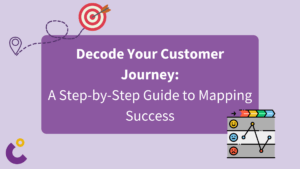
Decode Your Customer Journey: A Step-by-Step Guide to Mapping Success

Beyond the Score: Transforming Net Promoter into a Growth Engine – Net Promoter System
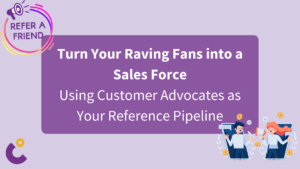
Turn Your Raving Fans into a Sales Force: Using Customer Advocates as Your Reference Pipeline
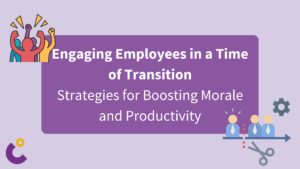
Engaging Employees in a Time of Transition: Strategies for Boosting Morale and Productivity
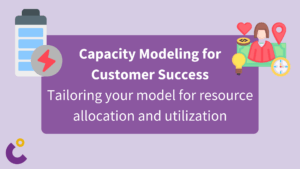
Capacity Modeling for Customer Success
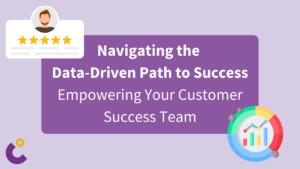
Data Driven Customer Success
